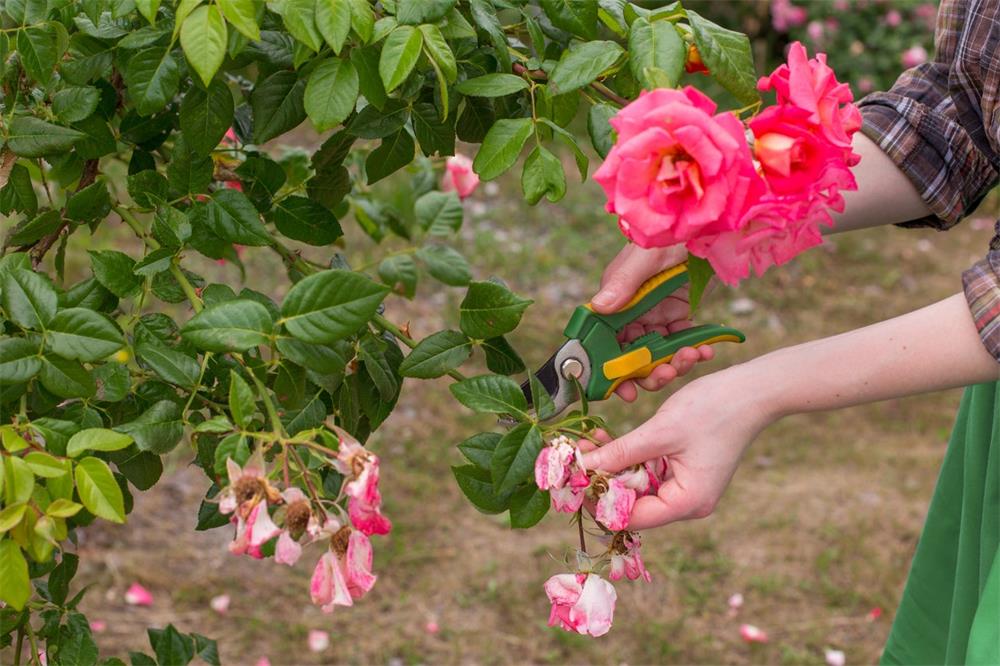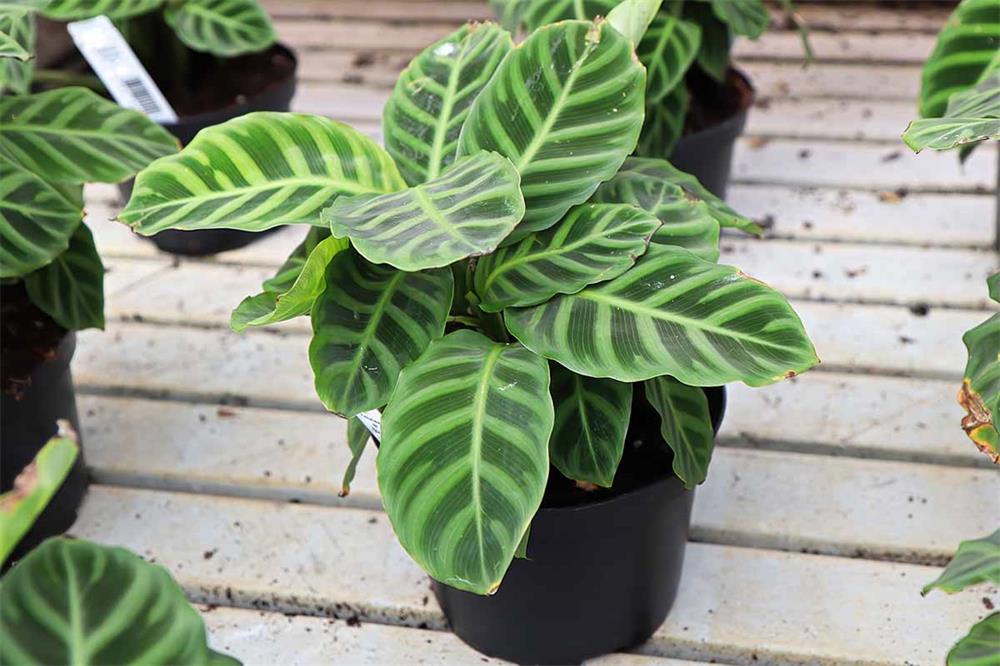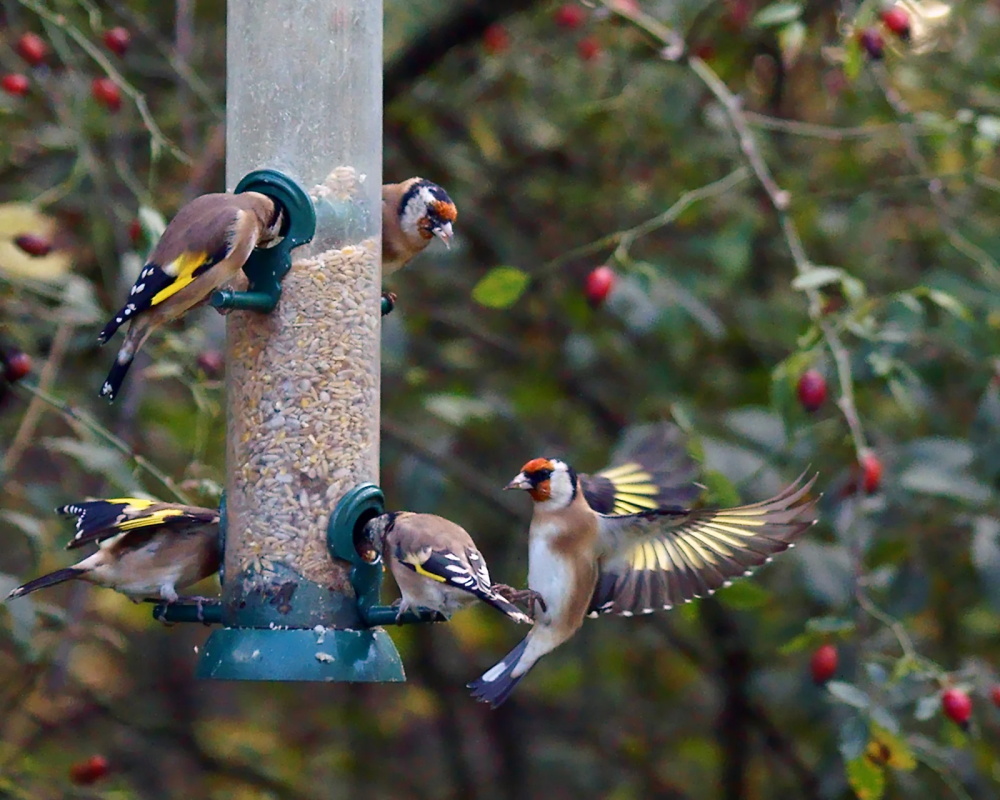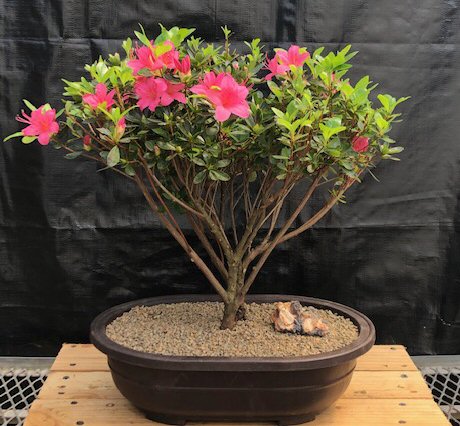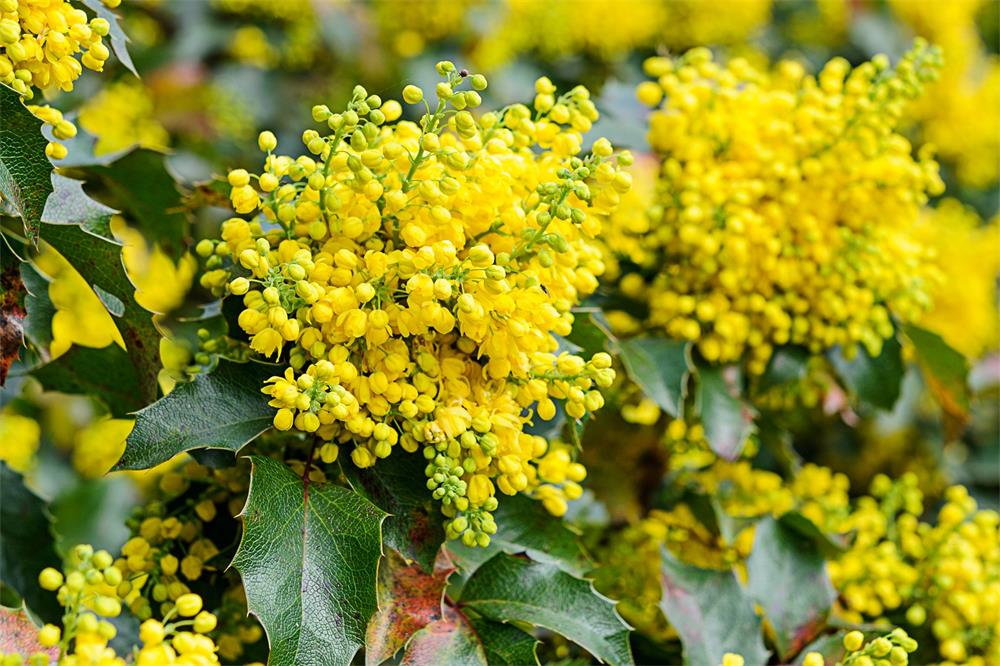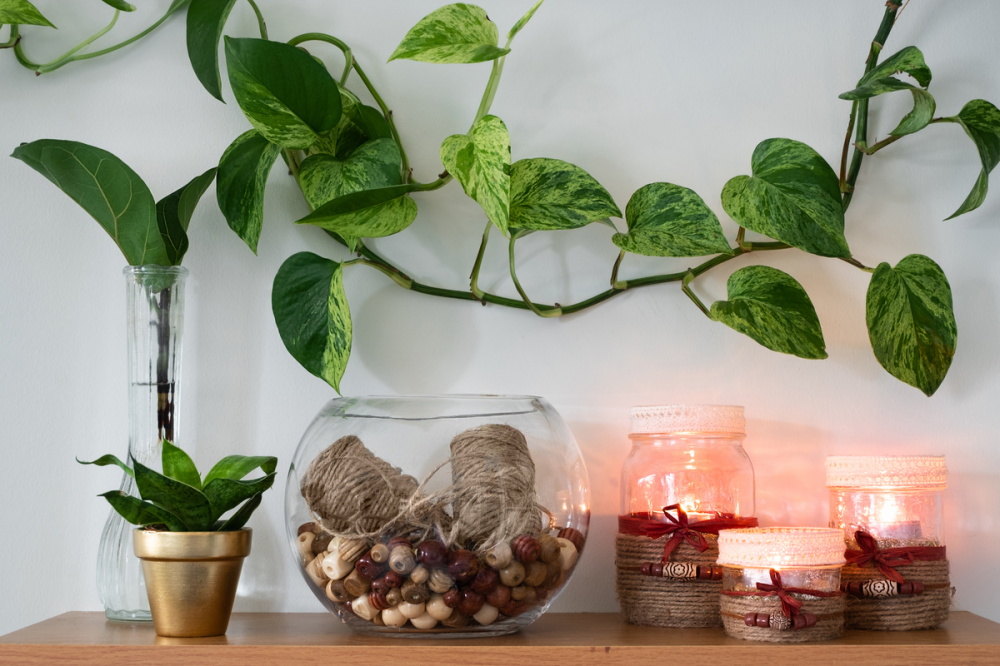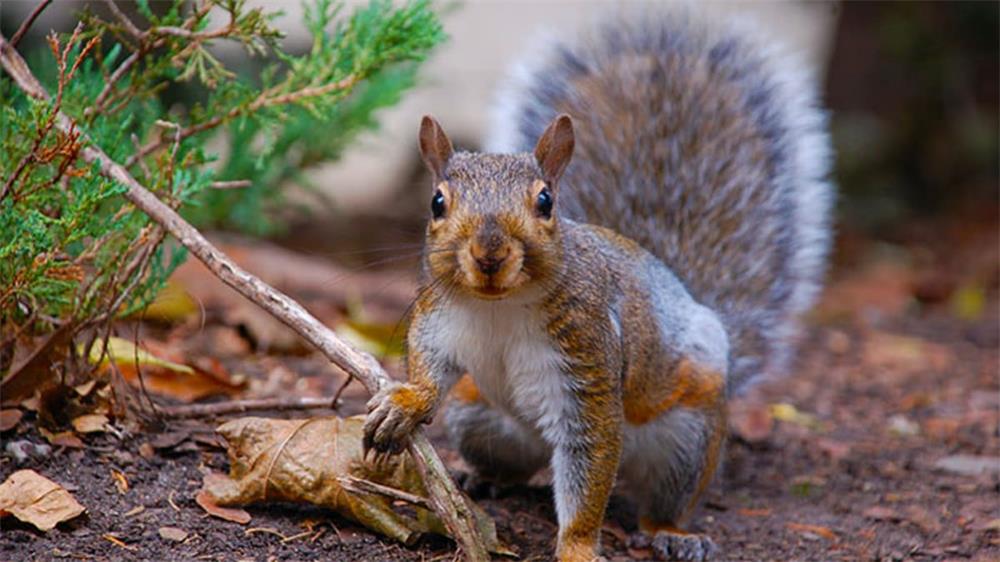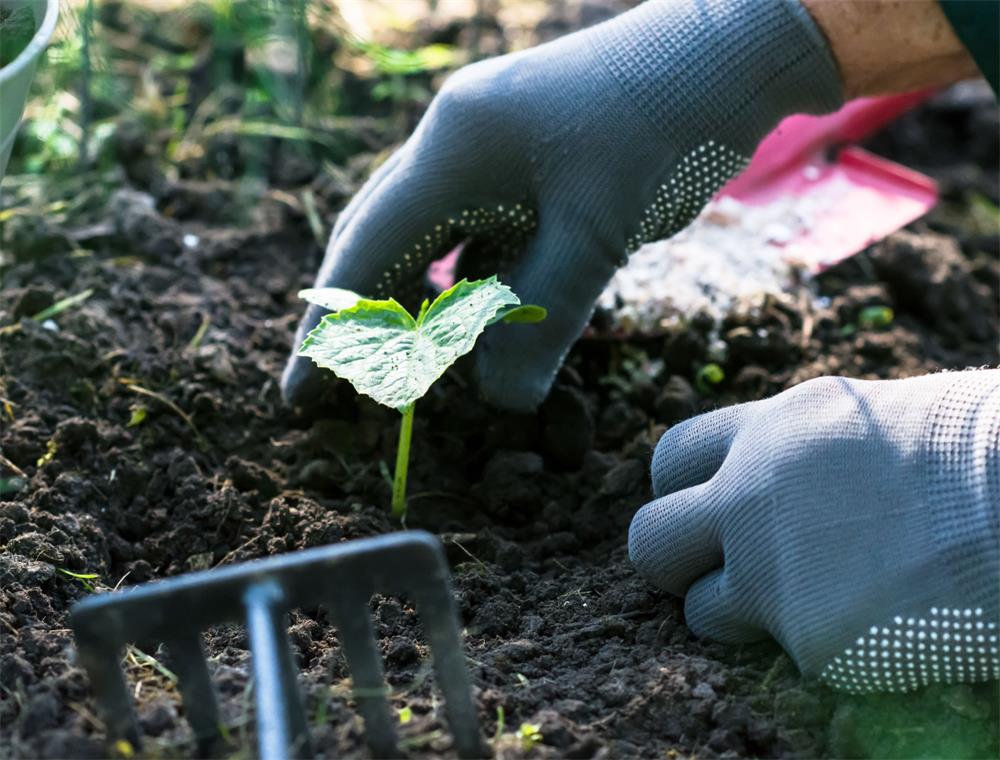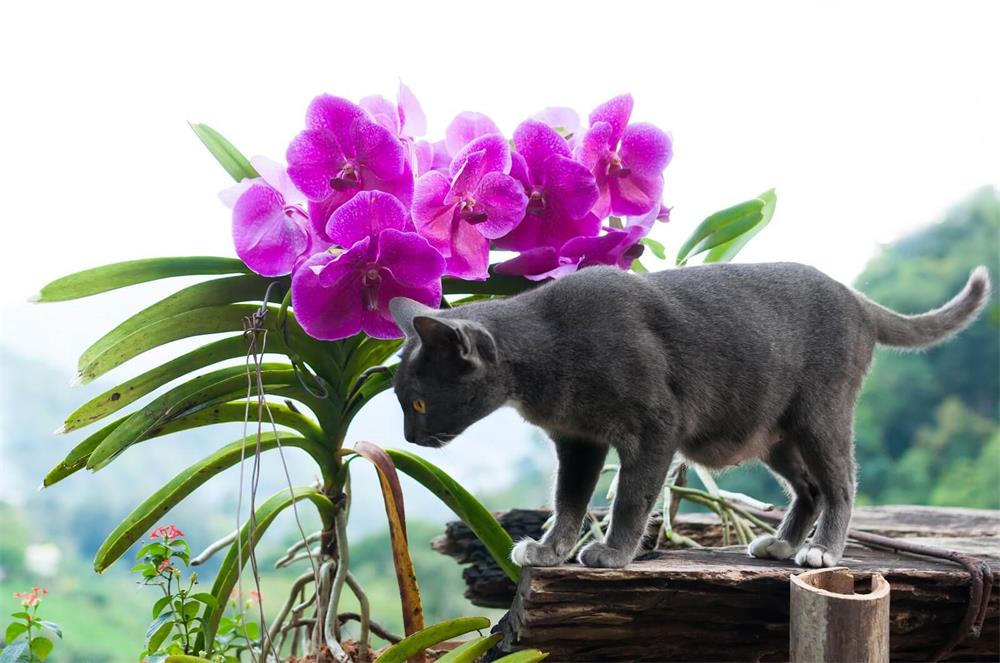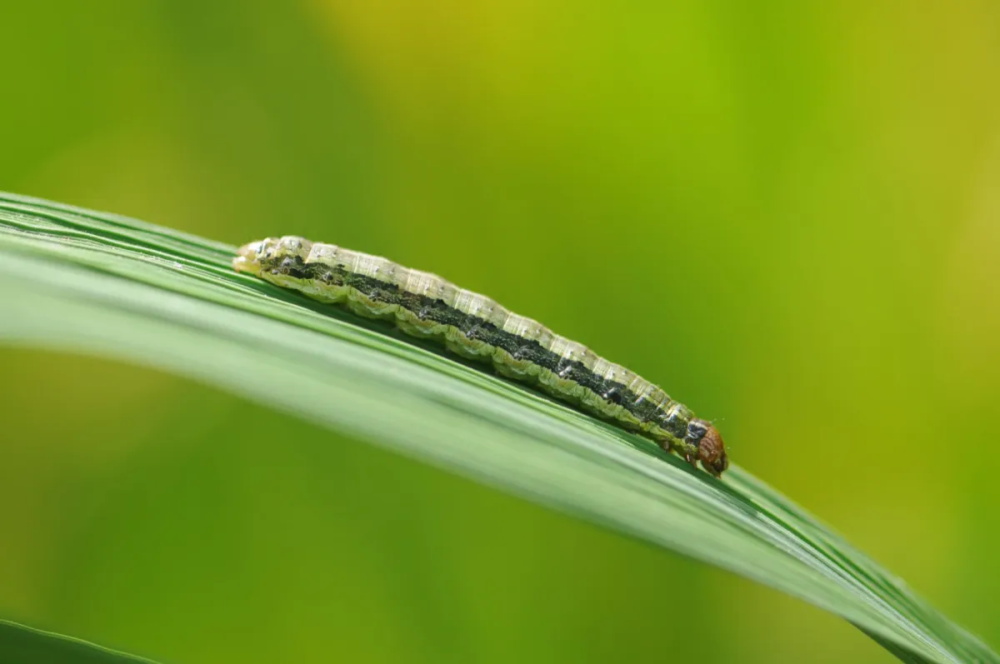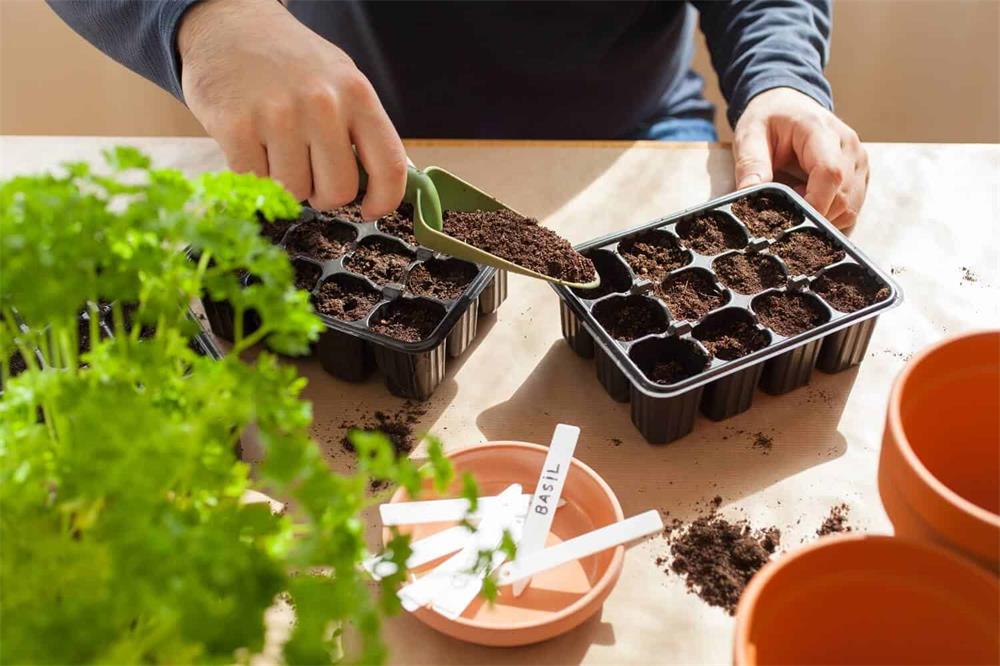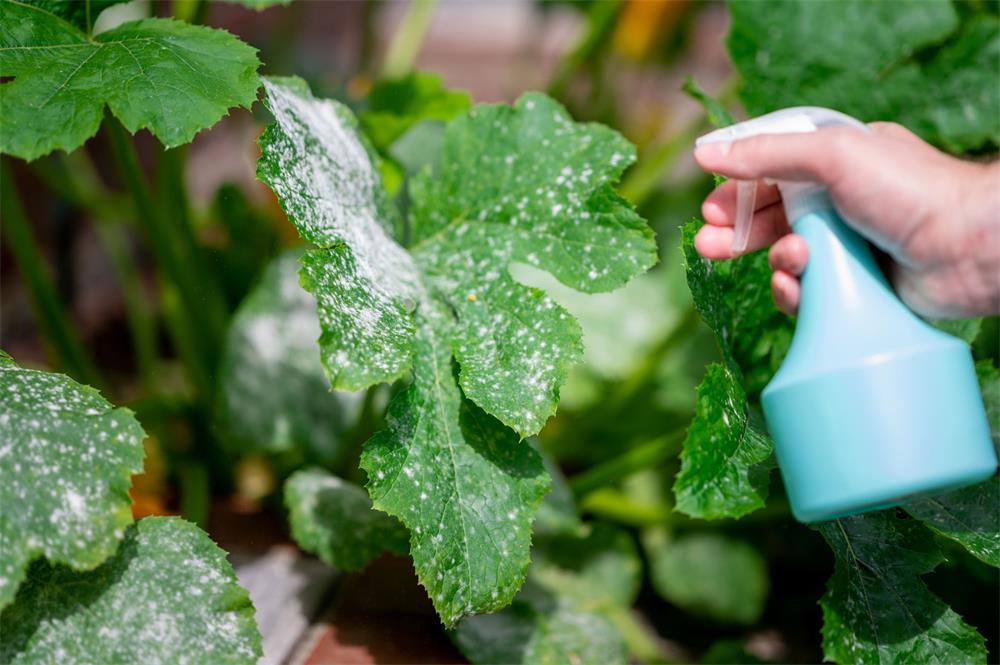
Table of Contents
Powdery mildew is a common fungal disease that affects many plants, especially in humid and warm conditions. It appears as a white or gray coating on the leaves stems, and sometimes fruits of infected plants. It can reduce the growth, yield, and quality of your plants, and make them look unsightly.
Fortunately, there are ways to prevent and control powdery mildew using organic methods, cultural practices, and resistant varieties. Here are some tips to help you keep your plants healthy and free of this fungal disease.
What Causes Powdery Mildew?
Powdery mildew is caused by different species of fungi that belong to the order Erysiphales. Each species has a specific range of host plants that it can infect. For example, cucurbits (squash, pumpkins, cucumbers, melons) are often affected by Podosphaera xanthii or Erysiphe cichoracearum, while roses are susceptible to Sphaerotheca pannosa.
The fungi produce spores that can be carried by the wind to other plants or remain dormant on plant debris or weeds. The spores germinate and grow on the surface of the plant leaves when the conditions are favorable. These conditions include:
- Moderate temperatures between 60°F and 80°F (15°C and 27°C)
- High relative humidity around the plant (above 70%)
- Low light or shade
- Poor air circulation
The fungi do not need water to infect the plant, unlike other fungal diseases that require wet leaves. In fact, too much rain or irrigation can wash off the spores or inhibit their growth¹². However, high humidity creates a moist environment that allows the spores to germinate and spread⁵.
How to Identify Powdery Mildew
Powdery mildew is easy to recognize by its characteristic symptoms. The most obvious sign is a white or gray powdery coating on the leaves and stems of the plant. The coating may start as small circular spots that enlarge and merge over time¹. The coating may also appear on the buds, flowers, or fruits of some plants.
The infected plant parts may become yellow, distorted, stunted, or deformed. The leaves may curl, twist, or drop prematurely. The flowers may fail to open or produce seeds. The fruits may develop blemishes or cracks.
Powdery mildew usually affects young and tender plant parts more than older and tougher ones. It also tends to occur more on the upper surface of the leaves than on the lower surface¹. However, some species of fungi can infect both surfaces equally.
How to Prevent Powdery Mildew
The best way to deal with powdery mildew is to prevent it from happening in the first place. Here are some preventive measures you can take to reduce the risk of infection:
- Choose resistant varieties of plants when possible. Many plant breeders have developed varieties that are less susceptible to powdery mildew or can tolerate it better. For example, some cucurbit varieties have resistance genes that make them immune to certain strains of fungi.
- Plant in full sun or in areas that receive at least six hours of direct sunlight per day. Sunlight can reduce the humidity around the plant and increase the temperature of the leaf surface, making it less favorable for fungal growth.
- Space your plants well apart and avoid overcrowding. This will improve air circulation and reduce humidity around the plant. You can also prune your plants regularly to thin out dense foliage and remove dead or diseased branches.
- Water your plants from below using drip irrigation or soaker hoses. This will keep the leaves dry and prevent the splashing of spores from the soil. If you have to water from above, do it early in the morning so that the leaves can dry quickly before the spores germinate.
- Avoid applying too much nitrogen fertilizer to your plants. Excess nitrogen can promote lush and soft growth that is more prone to powdery mildew infection. Use a balanced fertilizer that also provides phosphorus and potassium.
- Remove and destroy any infected plant parts as soon as you notice them. This will prevent the spores from spreading to other plants or overwintering on plant debris. Do not compost infected plant material, as the spores may survive and contaminate your compost pile.
- Practice crop rotation and avoid planting the same or related plants in the same area for at least two years. This will reduce the buildup of spores in the soil and prevent cross-infection between different plant families.
How to Control Powdery Mildew
If powdery mildew has already infected your plants, you can still try to control it and limit the damage. Here are some control methods you can use:
- Apply organic fungicides that can kill or inhibit the fungus. Some examples are sulfur, lime-sulfur, neem oil, potassium bicarbonate, baking soda, milk, and garlic. These should be applied before infection or at the first signs of the disease and sprayed thoroughly on the plants. Follow the label instructions carefully and wear protective gear when handling these products.
- Use home remedies that can reduce the severity of powdery mildew. Some examples are vinegar, hydrogen peroxide, mouthwash, chamomile tea, and aspirin. These should be diluted with water and sprayed on the plants once a week or as needed. However, these remedies may not be very effective or consistent and may cause damage to some plants if used incorrectly.
- Increase the ventilation and humidity in your greenhouse or indoor garden if you grow plants there. This will reduce the spore germination and growth of powdery mildew. You can use fans, dehumidifiers, or misters to achieve this effect.
Conclusion
Powdery mildew is a common fungal disease that can affect many plants in your garden. It can reduce their growth, yield, and quality, and make them look unsightly. However, you can prevent and control powdery mildew by choosing resistant varieties, planting in full sun, spacing your plants well apart, watering from below, avoiding excess nitrogen fertilizer, removing infected plant parts, practicing crop rotation, applying organic fungicides or home remedies, and increasing ventilation and humidity in your greenhouse or indoor garden.
By following these tips, you can keep your plants healthy and free of powdery mildew.




